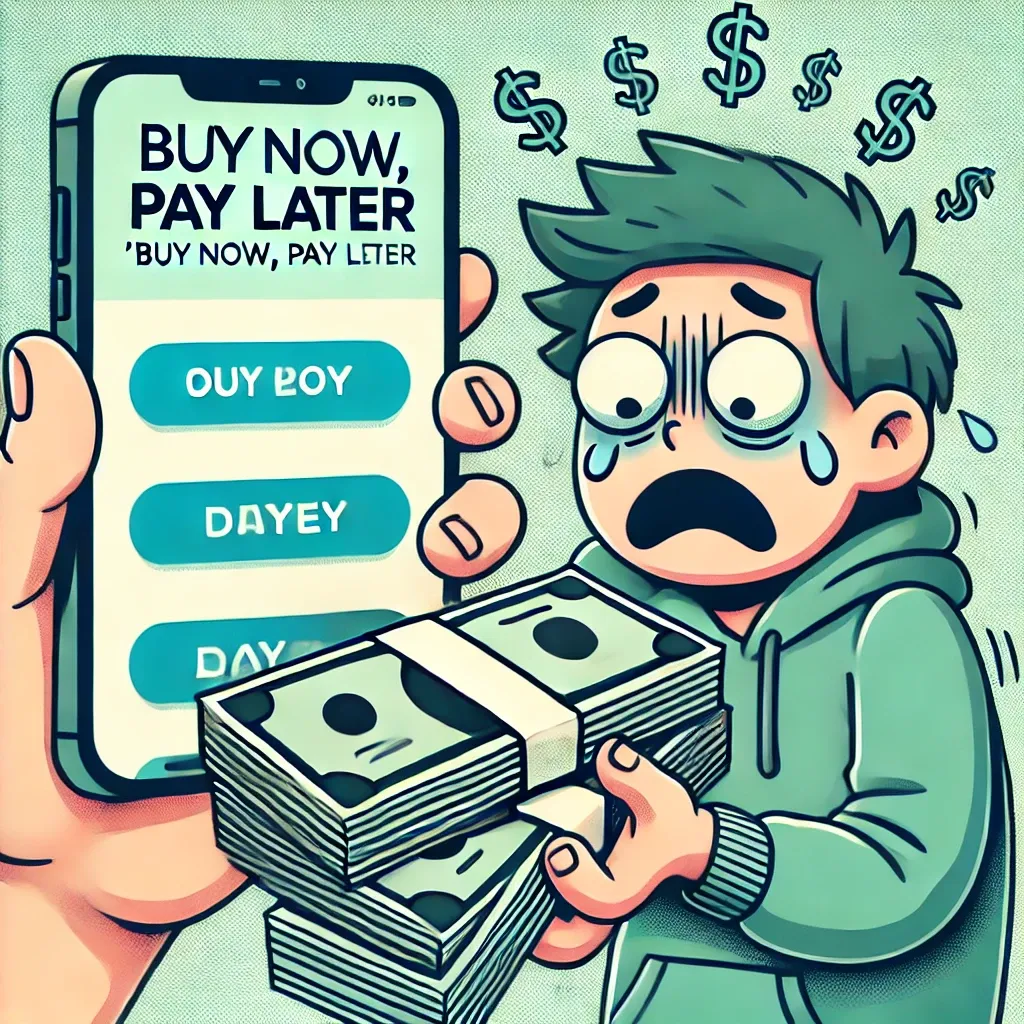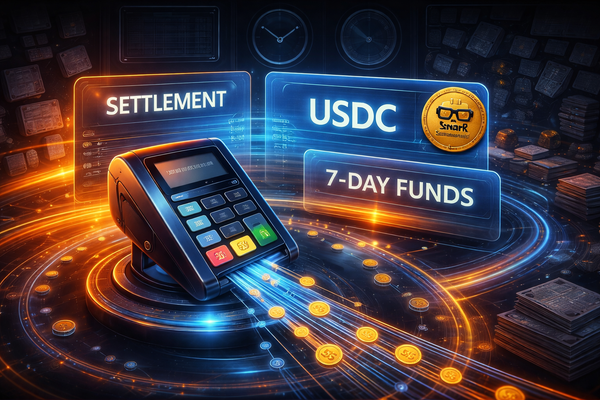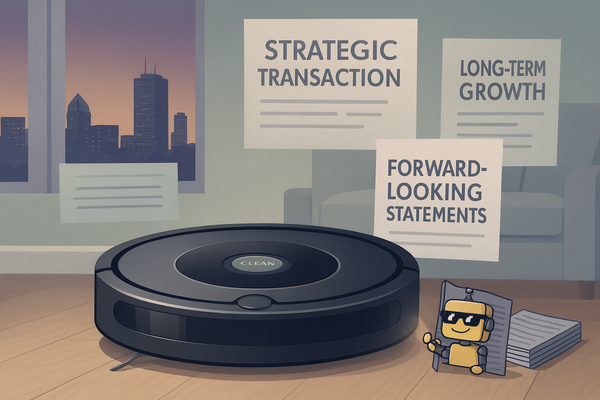Klarna Files for IPO, Proving You Can Finance Anything—Even an Exit Strategy
Klarna, the global beacon of financial "empowerment" (also known as Buy Now, Panic Later), just had to file to go public.

I promised myself I wouldn’t snark any more this week. I really did. But then Klarna, the global beacon of financial "empowerment" (also known as Buy Now, Panic Later), just had to file to go public. And to make matters worse, investors couldn’t resist hurling every fintech buzzword at the wall, hoping something would stick.
Yes, Klarna, the "AI-powered global payments network and shopping assistant" (because every company must now be AI-powered, even if that just means a chatbot that reminds you to pay your debt), is going public. The company has filed its registration statement with the SEC, applied to list on the New York Stock Exchange under the ticker symbol "KLAR," and lined up every major investment bank to underwrite this masterpiece of modern finance.
So let’s get this straight: A company built on encouraging people to buy things they can’t afford is now asking investors to, well, buy shares they probably shouldn’t afford either.
The BNPL Bubble: Buy Now, Pay (and Cry) Later
For those unfamiliar, Buy Now Pay Later (BNPL) services like Klarna operate on a simple premise: Instead of paying for an item outright, you split the cost into bite-sized installments, which sounds great until you realize you’ve racked up six simultaneous BNPL plans for sneakers, a new phone, and an espresso machine you definitely didn’t need. Oh, and if you miss a payment? No worries, Klarna and its ilk will happily remind you with escalating late fees and a gentle ding to your credit score.
Financial "empowerment," indeed.
Of course, Klarna paints a very different picture. According to their press release, they "help people save time, money, and reduce financial worry." Because nothing reduces financial worry quite like realizing you’ve been seduced into micro-debt for a pair of designer jeans you forgot you ordered last month.
The IPO Frenzy: Investors Can’t Wait to Get a Piece
Despite these little details, Klarna’s IPO is expected to be a hot commodity, because let’s face it—nothing excites Wall Street like a fintech company that takes old-school layaway, slaps an app interface on it, and calls it "the future of commerce."
Goldman Sachs, J.P. Morgan, Morgan Stanley, and a whole fleet of banks are eager to make this thing happen, because what’s more exciting than packaging consumer debt into something you can trade? We all know how that went in 2008. But hey, this is fintech! It’s totally different this time!
The Future of Klarna: More Debt, More Data, More Disrupting Common Sense
Klarna’s pitch to investors is clear: The more people struggle to afford everyday purchases, the bigger their addressable market. It’s not a bug, it’s a feature! With 93 million active consumers across 26 countries and $105 billion in gross merchandise volume in 2024, Klarna has successfully convinced a sizable portion of the world that splitting a $50 purchase into four payments is a smart financial move.
So where does Klarna go from here? Expansion, of course! More markets, more AI-driven nudges to "empower" users into financial precariousness, and perhaps some exciting new features—like BNPL for rent payments or groceries. (Oh wait, some companies are already doing that.)
But hey, at least Klarna’s IPO offers one real lesson in financial literacy: If you can’t afford it outright, maybe just don’t buy it. And if Klarna is involved, maybe don’t buy the stock either.




